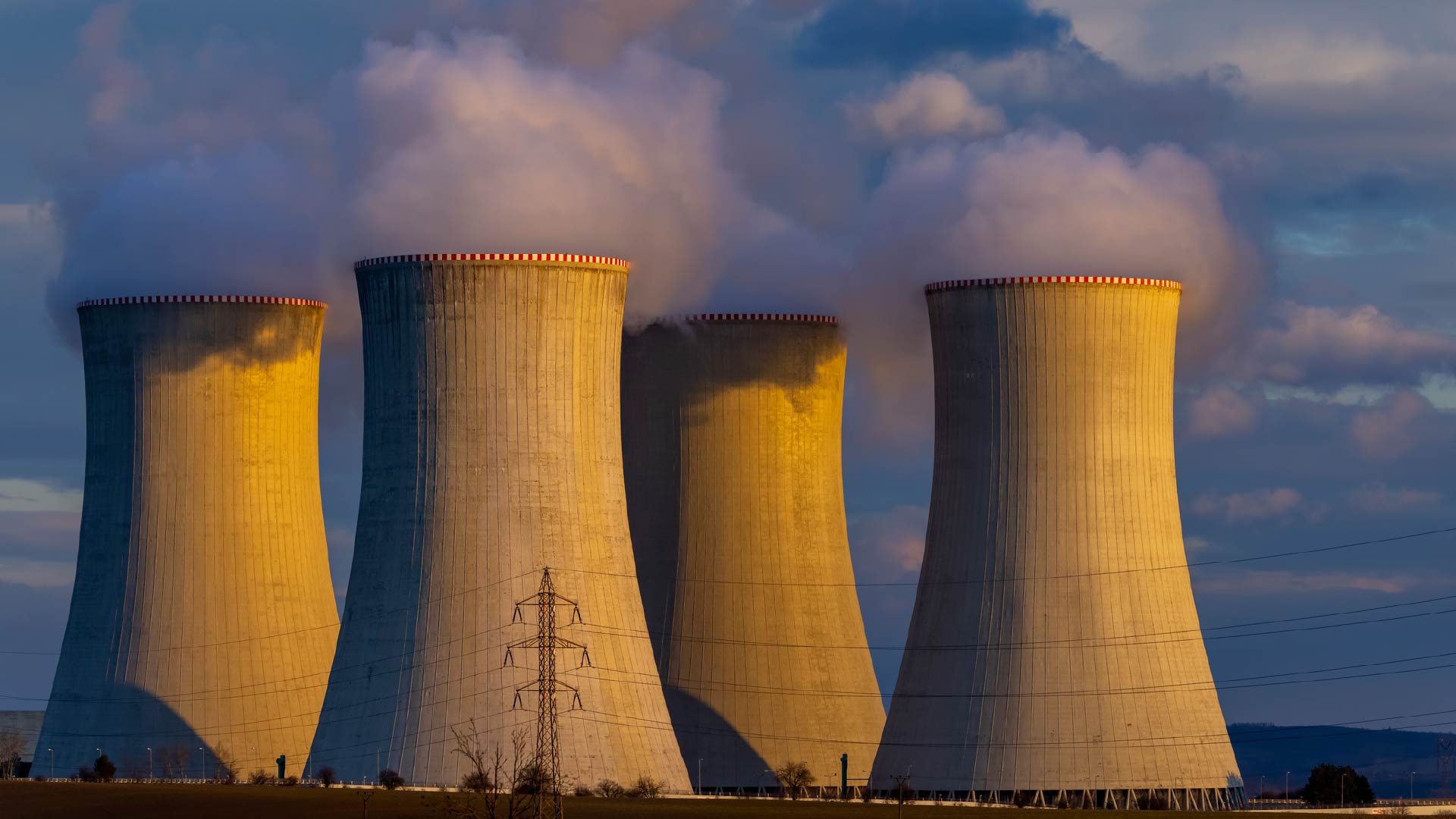Need Vs Greed: Unpicking The UK Government’s Decision To Greenlight The Whitehaven Coal Mine

Hugo Fuller
On 7th December 2022 Michael Gove, the UK’s Secretary of State for Levelling Up, Housing and Communities, announced the approval of the UK’s first new coal mine in 30 years. This comes one month after British Prime Minister Rishi Sunak’s speech at COP27, where he promised that “public and private financing” would be directed “towards the protection of our planet […] and clean growth”.
Is Sunak’s statement incompatible with the opening of a new coal mine? The reality of the energy transition is that, in the short term, humanity will continue to rely on fossil fuel-based energy, exacerbated by the high energy costs resultant from the Ukraine war. This will require the maintenance and expansion of existing infrastructure and, in some cases, the construction of new sites. Governments will have to get the timing right to balance ‘keeping the lights on’ with reducing emissions. Already we have seen how energy transition-related decisions can backfire: the 2017 closure of Rough, the UK’s largest gas storage facility, in time proved disastrous as mainland-European gas stores dwarfed those of the UK while gas prices skyrocketed in 2021 and 2022.
If the new coal mine is not opened, will we see a repeat of the Rough debacle? The proposed mine, to be built near Whitehaven, Cumbria, will theoretically produce coking coal for steel production, both domestically and abroad. An estimated 70% of global steel production relies on coking coal (according to the IEA, 34% of global coal consumption in 2019 was from iron and steel industries). But any argument that there is not enough coking coal available to UK steel manufacturers is a fallacy: leading steel executives have already undermined the idea. In fact, as noted by the government’s own Climate Change Committee, approximately 85% of the coal produced at the new facility will be exported.
It should be acknowledged that the energy and emissions intensity of oxygen blast furnaces poses very real challenges to any steel manufacturer attempting to reduce emissions and energy consumption. At Verdantix, we view the industrial energy transition through the lens of pressure versus feasibility. That is, asset heavy firms must continually balance operational realities (‘keeping the lights on’) with pressure from investors, regulators, customers and the public to carry out a successful energy transition strategy.
Manufacturers who are reliant on coal must now seek alternative production methods. The main proposed solution is replacing coking coal with green hydrogen, although this requires significant outlay through infrastructural investment and research and development. While green hydrogen tech is currently limited compared to its coal-based alternatives, the message must be clear to steel manufacturers: the industry must lower its emissions or face consequences. Indeed, steel producers have clarified that emissions reduction initiatives will be technology-led, with Tata taking a lead on hydrogen-based production methods.
The reality is that this mine will not be used by the organizations the government is claiming it will benefit. Chris McDonald, chief executive of the Materials Processing Institute, estimates that the two major steel manufacturers active in the UK – British Steel and Tata – will use less than 10% of the mine’s output and none whatsoever by the mid-2030s. This means that jobs created by the mine opening will soon become obsolete. Given that the mine will produce an estimated 400,000 tonnes of greenhouse gas emissions a year (the equivalent of 200,000 new cars on the road), the trade-off is surely too great; assuming the government wants to meet its own, legally binding, emissions reduction targets.
To learn more about how industrial organizations are responding to energy transition strategies, check out the Verdantix report: Best Practices: Energy Transition Strategies For Industrial Facilities..png?sfvrsn=5266ba40_2)
About The Author

Hugo Fuller
Senior Analyst





